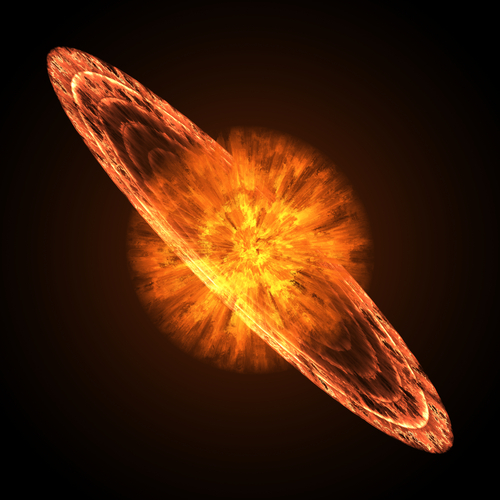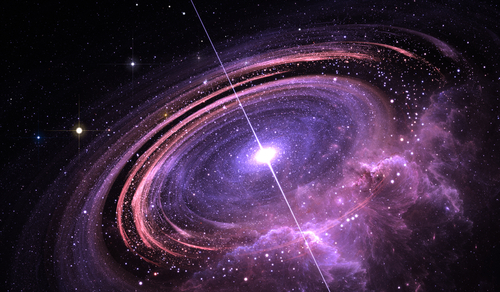The Big Bang Theory: What It Is and How It Might Not Be True
The Big Bang Theory is the prevailing cosmological model explaining the origin and evolution of the universe. According to this theory, the universe began approximately 13.8 billion years ago from an extremely hot and dense singularity, which then expanded and continues to expand today. The theory was first proposed by Belgian priest and physicist Georges Lemaître in the 1920s and has since been refined with contributions from various scientists.
One of the most compelling pieces of evidence for the Big Bang Theory is the cosmic microwave background radiation (CMB). Discovered in 1965 by Arno Penzias and Robert Wilson, the CMB is the afterglow of the initial explosion, now cooled to just a few degrees above absolute zero. This radiation is remarkably uniform, supporting the idea that the universe began from a hot, dense state.

Another supporting observation is the redshift of galaxies. Edwin Hubble’s observations in the 1920s showed that galaxies are moving away from us, with more distant galaxies moving faster. This redshift is interpreted as evidence of an expanding universe, consistent with the Big Bang model.
How Might the Big Bang Theory Not Be True?
Despite its widespread acceptance, the Big Bang Theory is not without its challenges and alternative explanations. One of the main criticisms is the horizon problem. The CMB is uniform in all directions, but regions of the universe that are far apart have not had enough time to exchange information or energy, given the speed of light. This uniformity is difficult to explain under the standard Big Bang model.
Another issue is the flatness problem. The universe appears to be very close to geometrically flat, meaning its overall density is very close to the critical density. Small deviations from this critical density would have led to a vastly different universe, either collapsing back on itself or expanding too rapidly for galaxies to form. The Big Bang Theory does not naturally explain why the universe’s density is so finely tuned.
To address these issues, the theory of cosmic inflation was proposed by Alan Guth in the 1980s. This theory suggests a rapid exponential expansion of the universe in the first fractions of a second after the Big Bang, smoothing out any irregularities and explaining the uniformity of the CMB and the flatness of the universe. However, inflation itself is a hypothesis that has yet to be directly observed.
There are also alternative models to the Big Bang. One such model is the Steady State Theory, which posits that the universe has no beginning or end and is in a constant state of creation. Although this theory has fallen out of favor due to lack of supporting evidence, it highlights that our understanding of the universe’s origins is still evolving.

Recently, Lior Shamir, an associate professor of computer science at Kansas State University, has revived the “Tired Light” theory to challenge the widely accepted Big Bang Theory. This theory, originally proposed by Fritz Zwicky in 1929, suggests that the redshift observed in distant galaxies is not due to the expansion of the universe but rather because light photons lose energy as they travel through space.
Shamir’s research, supported by observations from the James Webb Space Telescope (JWST), indicates that the universe might not be expanding as previously thought. Instead of showing an early, infant universe, the JWST has revealed large and mature galaxies, which contradicts the expected timeline if the Big Bang had occurred. According to Shamir, this discrepancy suggests that the galaxies are older than the universe itself, challenging the Big Bang model.
Shamir’s findings also show that the redshift of galaxies changes with their distance from Earth, aligning with the Tired Light theory. This theory posits that as light travels over vast distances, it loses energy, leading to the observed redshift without requiring an expanding universe.
While Shamir’s work has sparked interest and debate, it remains controversial but highlights the ongoing quest to understand the universe’s origins and the need to continually reassess our scientific models in light of new evidence.



